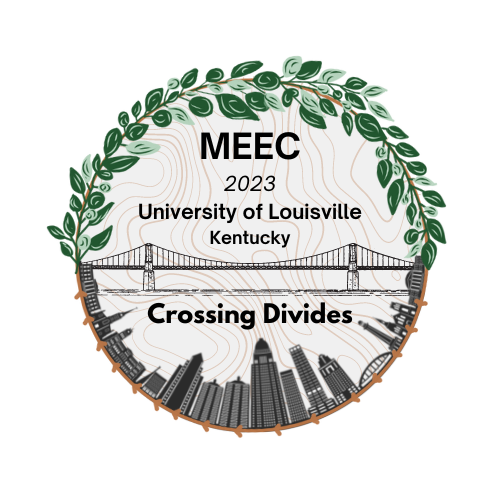Submission Type
Oral Presentation
Abstract
A major goal of evolutionary biology is to understand the mechanisms that shape biodiversity, especially amongst highly speciose lineages such as parasitic wasps. However, most of these lineages are poorly described, with very little available natural history information. This lack of information limits our ability to uncover the environmental factors that contribute to their patterns of divergence, distribution, and abundance. To that end, here we take advantage of a community of hymenopteran parasites that has an unusually large amount of available information since they attack an economically important pine sawfly species, Neodiprion lecontei. We build upon a set of historical literature to produce the most comprehensive survey of this parasite community to date and identify several putative new species. For a subset of this community, we then examine how different environmental variables impact community composition, and shape species’ distribution and abundance. Finally, we interpret our results in light of their interactions with their sawfly host.
Included in
Environmental factors shaping a sawfly-associated community of parasitoids
A major goal of evolutionary biology is to understand the mechanisms that shape biodiversity, especially amongst highly speciose lineages such as parasitic wasps. However, most of these lineages are poorly described, with very little available natural history information. This lack of information limits our ability to uncover the environmental factors that contribute to their patterns of divergence, distribution, and abundance. To that end, here we take advantage of a community of hymenopteran parasites that has an unusually large amount of available information since they attack an economically important pine sawfly species, Neodiprion lecontei. We build upon a set of historical literature to produce the most comprehensive survey of this parasite community to date and identify several putative new species. For a subset of this community, we then examine how different environmental variables impact community composition, and shape species’ distribution and abundance. Finally, we interpret our results in light of their interactions with their sawfly host.


